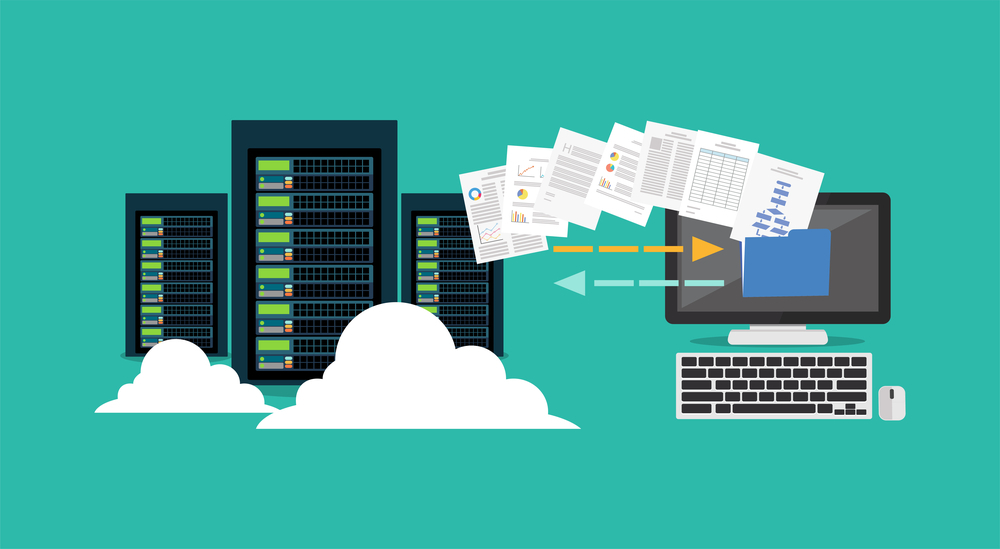At Brams, we have spent so much time figuring out the best ways to optimize and allow our clients to get the best out of their cloud migration process.
However, the key question we ask ourselves is: WHY? Why do enterprises decide to drive a cloud migration in the first place? To answer this question, we’ve been through internal data and observed, more closely, customers’ needs. If moving to the cloud is in perspective or into consideration in your organization, this article is here to help determine what are the main triggers and signals that you should take the step!
1- Contract renewals with data centers :
Many companies have private data center contracts that need to be extended annually. Many issues such as cost changes or other restricting factors come up when you get to renegotiation time with these contracts. Therefore, it is during these contract extension cycles that several organizations start considering switching to the cloud.
2- Acquisitions :
As organizations integrate, balancing application environments and data is always a challenge — and doing so through several on-prem data centers can be even more challenging. Many businesses that are combining find that transferring key software and data into the cloud makes the process simpler.
3- Evolution and growth requirements :
Whether for natural growth or for massive capacity swings during seasonal shifts, the business will benefit from increasingly rising or decreasing computing. Instead of paying the limit for on-prem storage, you can turn your on-demand capability with the cloud and pay as you go.
4- Software and hardware refresh cycles :
While operating an on-prem data center, it is up to you to keep everything up-to-date. That can mean expensive on-prem software licenses and hardware improvements to accommodate newly updated software requirements. We’ve seen that many businesses find it substantially less costly to decommission on-prem applications and hardware while considering an upcoming upgrade cycle and recommend either a SaaS subscription or a lift-and-shift of that program into the public cloud. Which path you choose depends heavily on the app (and the SaaS options available), but it is the start of cloud migration.
5- Security :
With security threats only rising in size and magnitude, we are aware of several businesses that move to the cloud to reduce risk. Public cloud providers are providing enormous resources to defend against threats — more than almost any single firm might invest in.
6- Compliance requirements :
If you work in sectors such as financial services and healthcare, maintaining compliance with the data is important for business operations. Moving into the cloud means businesses are using already compliant cloud-based tools and services, helping to remove some of the compliance burdens from enterprise IT teams.
7- Product development advantages :
By taking advantage of benefits such as a pay-as-you-go cost model and robust provisioning for product creation and testing, many companies find that the cloud lets them deliver products to the market more quickly. We see companies moving to the cloud not only to save time and money but also to more easily realize sales.
8- Software end-of-life :
All good things must come to an end-including tech. Increasingly, when vital data center infrastructure has an announcement of an end-of-life occurrence, it may be a reasonable time for enterprise IT teams to search for ways to duplicate certain services in the cloud rather than attempting to prolong the on-prem life cycle.
9- Cost :
Interestingly, the cost isn’t at the top of the list as it was before, but that’s not necessarily because migrating workloads to the cloud can’t save you money. We believe that it is more a question of other advantages, such as growth, compliance, and data security, taking a higher priority position on the list of the top reasons.
10- Disaster recovery :
Unusual active storm seasons and a few man-made disasters have made Disaster Recovery Plans more important. That’s why Brams had made partnerships with the leaders in the Cloud field such as Microsoft, Google Cloud, AWS… Including instances easy to spin up to further the disaster recovery efforts.
A lot of reasons can push businesses to launch their cloud migration process. However, you need to know that is a journey that you learn, every day, how to optimize to take the most benefit. Getting to know the types of events that often result in a cloud migration can help you identify the right cloud architecture and migration strategy to get your workloads into the cloud.



